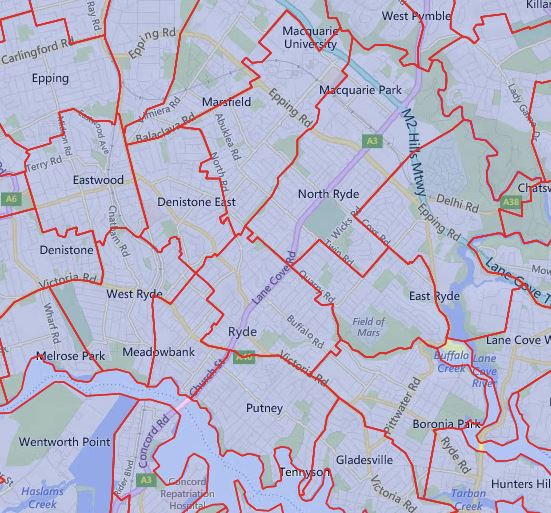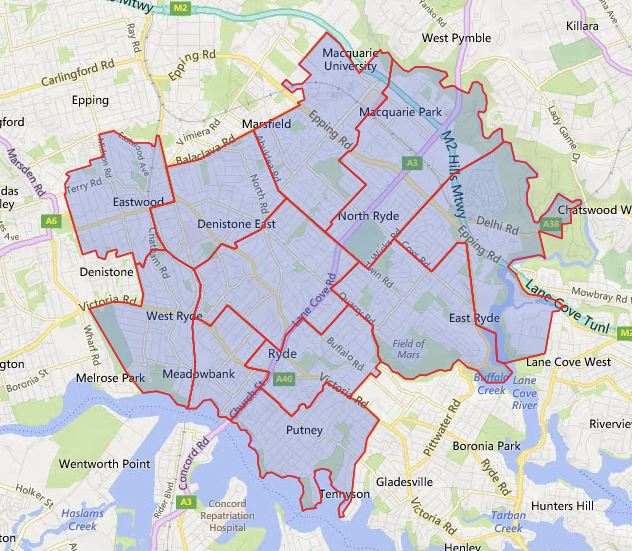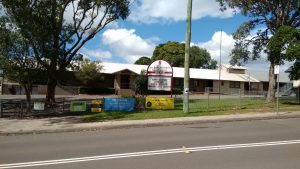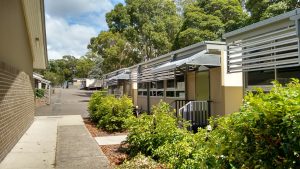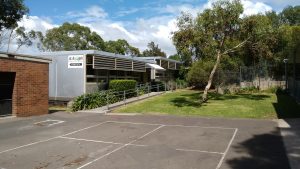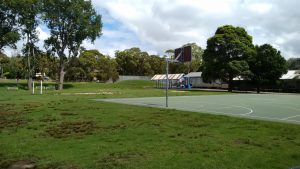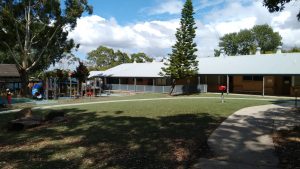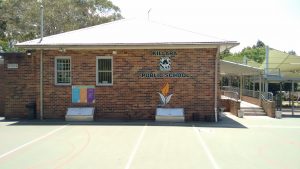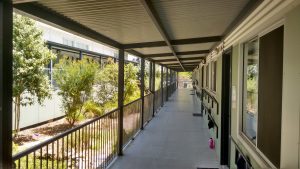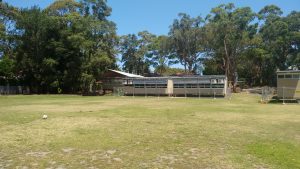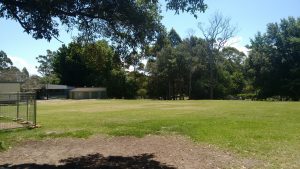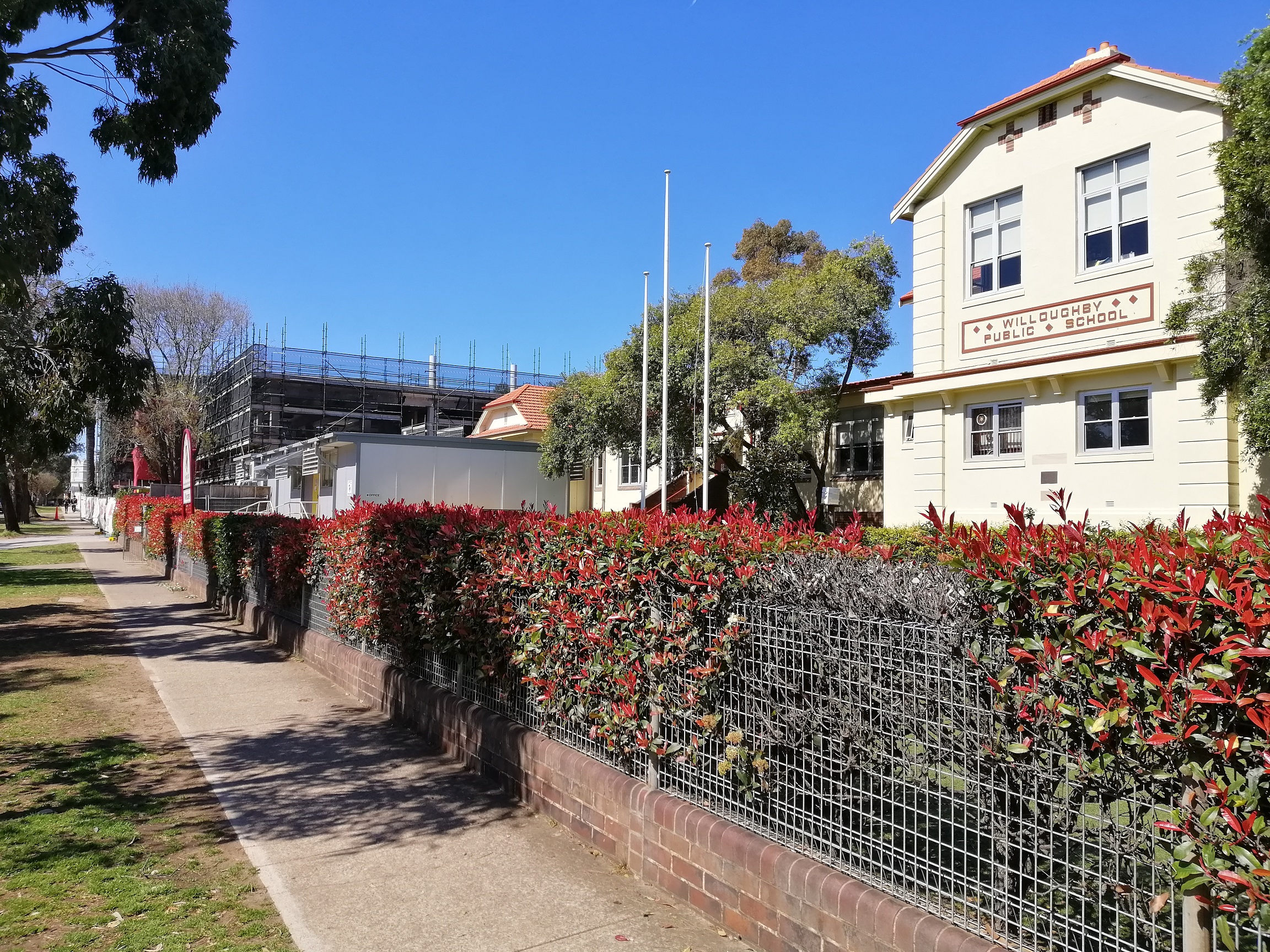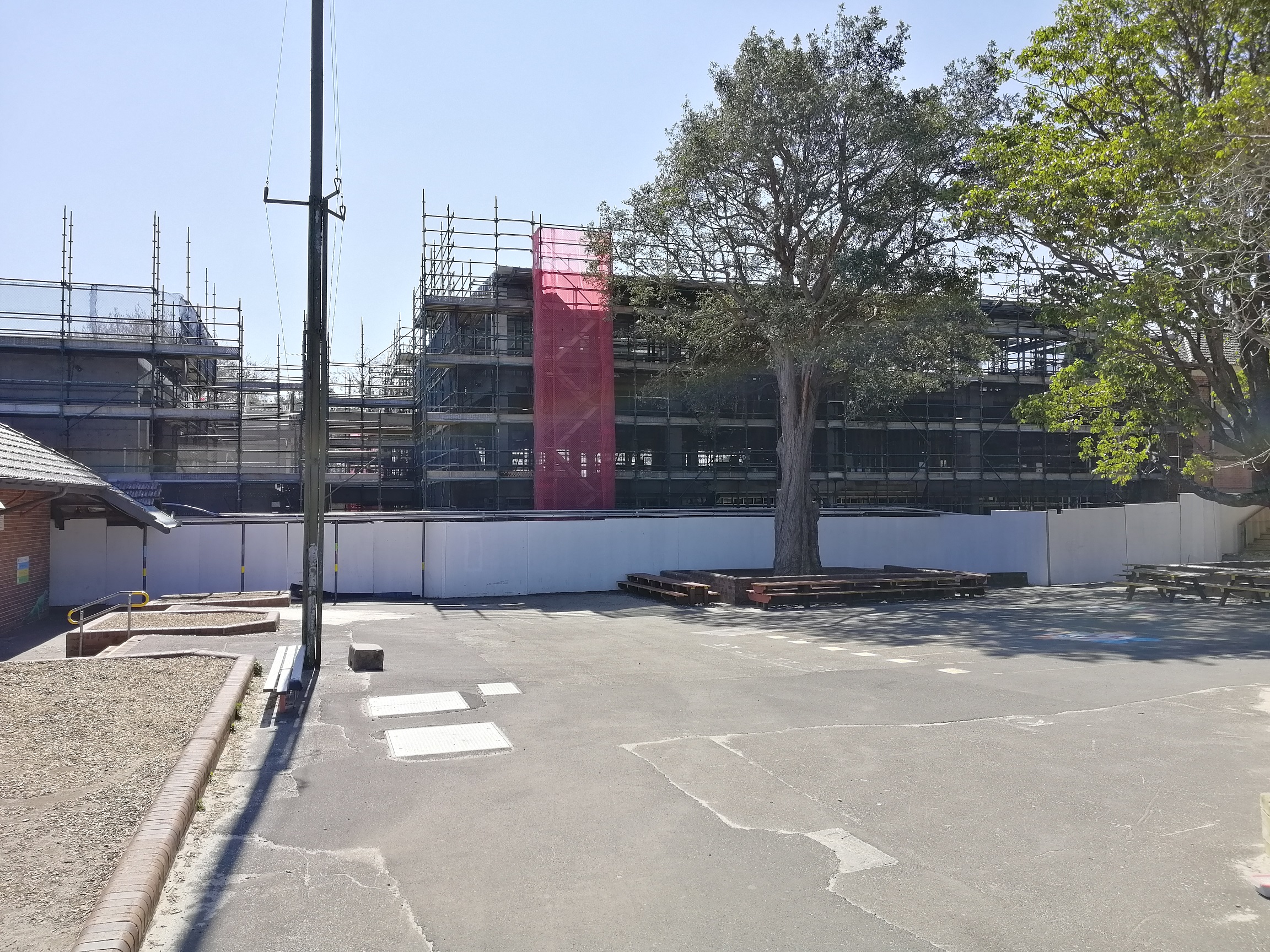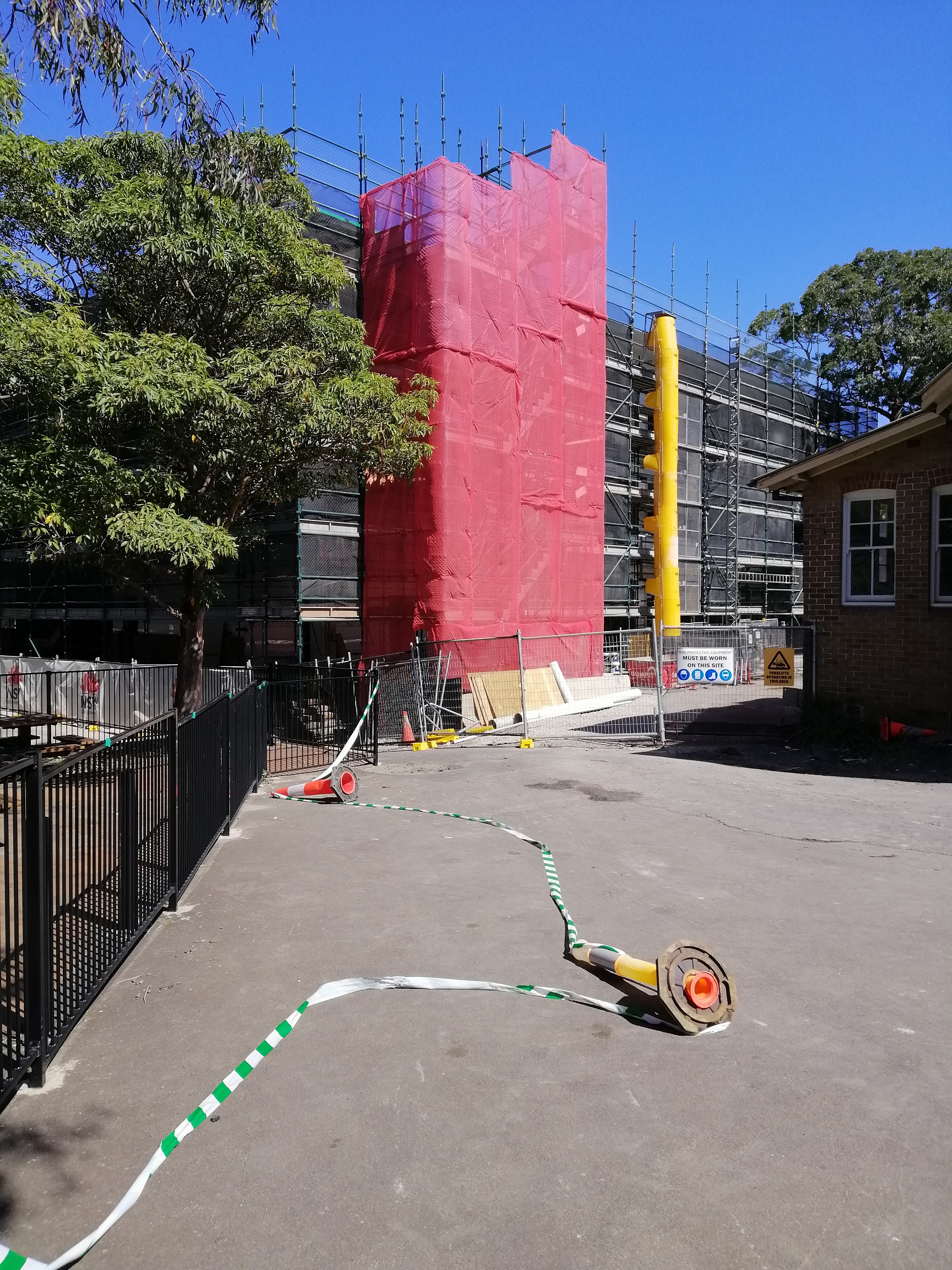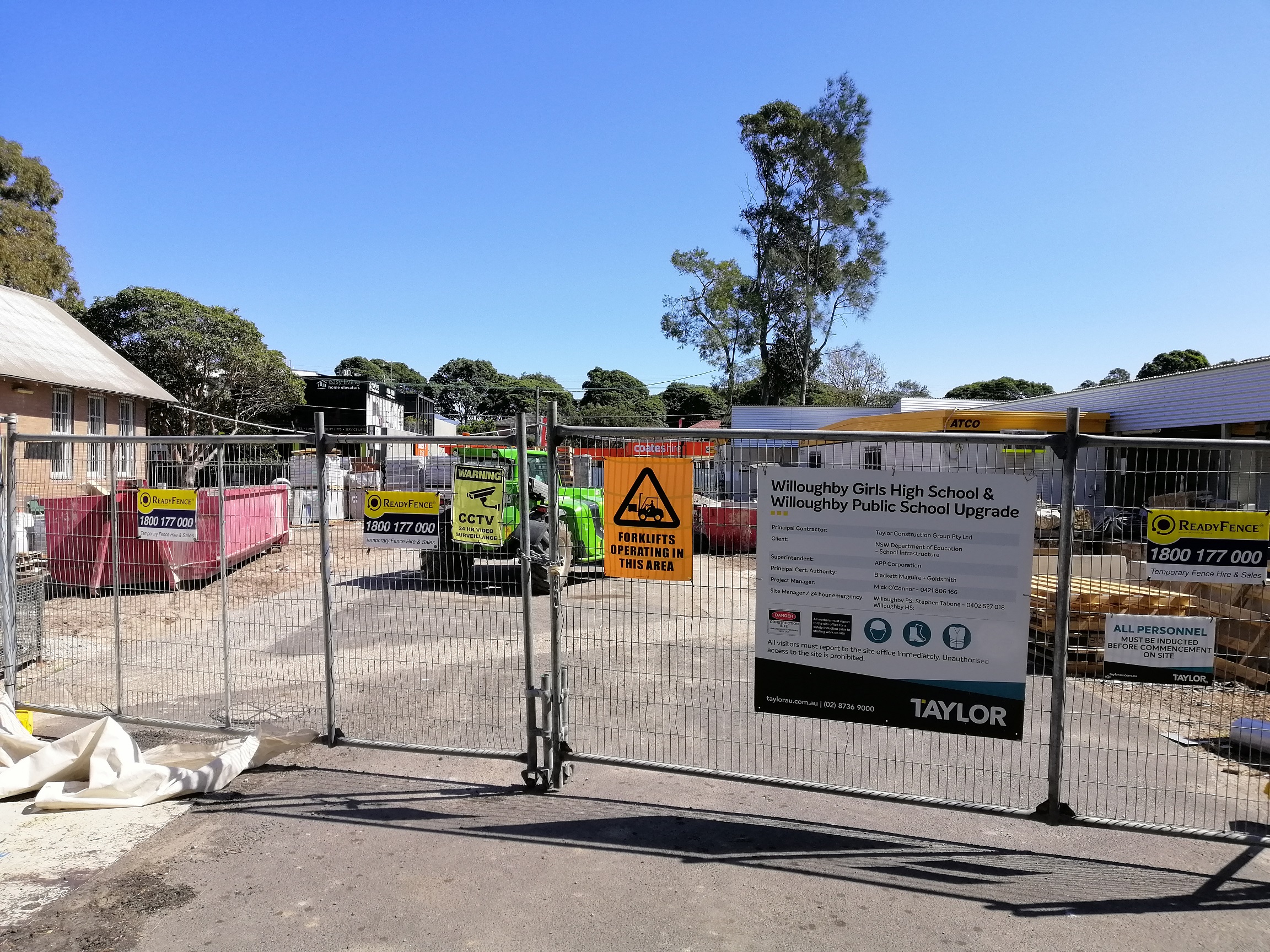I had done way too much over time (not paid) for my day job recently and late to the party to this issue. There had been a lot of different articles on this topic, I am just going to use one as a reference which is Sweeping changes to HSC and syllabus proposed by government review from smh.com.au
I will quote a few lines to summarize the article to give you an idea of what has been proposed.
The biggest rethink of the curriculum in 30 years also suggests paring back primary school content to focus on literacy, numeracy and emotional development, more minimum standards, and a restructure of the syllabus around attainment levels rather than year levels.
In early years, literacy, numeracy and social and emotional development should be “prioritised over other areas of the curriculum and resourced to ensure every student is on track in their learning,” the report said.
Students in the middle years of school should study and meet minimum standards in a
“specified range of subjects” that would include knowledge of Aboriginal and Torres Strait Islander cultures. They should also study a language other than English in primary school.
The primary and secondary curriculum should be restructured around so-called ‘attainment levels’, which would create a series of benchmarks against which students’ long-term progress could be measured, independent of their age or year.
smh.com.au
Let me use my take, this is simplification and refocus of the current syllabus of both primary and secondary level. I will throw in my opinion based on my own experience of the NSW education system.
First, at the primary level, I think a pretty good job has been done on the literacy side of things. There is a lot of focus from the school put in on the literacy in my kid’s school and similar feedback I get from the other parents in other schools as well. I cannot say the same for the numeracy side of things, there are too many comprehension types of questions and not enough basic skills imparted. Math often turns into a difficult subject for many kids were at the primary level this should not be the case.
Also personally I believe by far the majority of the responsibility for the social and emotional development rests with the parents.
Secondly, at the secondary level, there are definitely too many subjects not enough required basic skills imparted. Up to high school, we should be concentrating on teaching young people the fundamentals like math, computer skills etc.
Take math as an example I meet numerous of people at work that after graduating high school who does not know how to calculate GST portion if something sells for ten dollars. Simple things like that may seem trivial and none important, but can actually make a lot of difference in kind of work people do and how efficient they are done.
Lastly, we need to teach kids how to think and judge things on their own. On subjects such as History, we need to teach the kids why things happen the way they do. Judge and consider things scientifically and objectively.
One thing I noted in the current society of the echoing chamber of the internet, just about everybody just searches and read on the things they like and agrees with which is understandable. However, this merely amplifies one’s existing position rather than understand and learn about another side of the argument. Primary and early secondary schools are rare opportunities that we can shape and influence the kids before they get dump into the deep end of the internet.
This is not just for schools, but mostly for the parents as well, we need to pitch in and do our part if we wish for a better education for our kids.
If you have any further questions please feel free to contact me at the About Us page or leave a comment.
 Email This Post
Email This Post
 Email This Post
Email This Post
